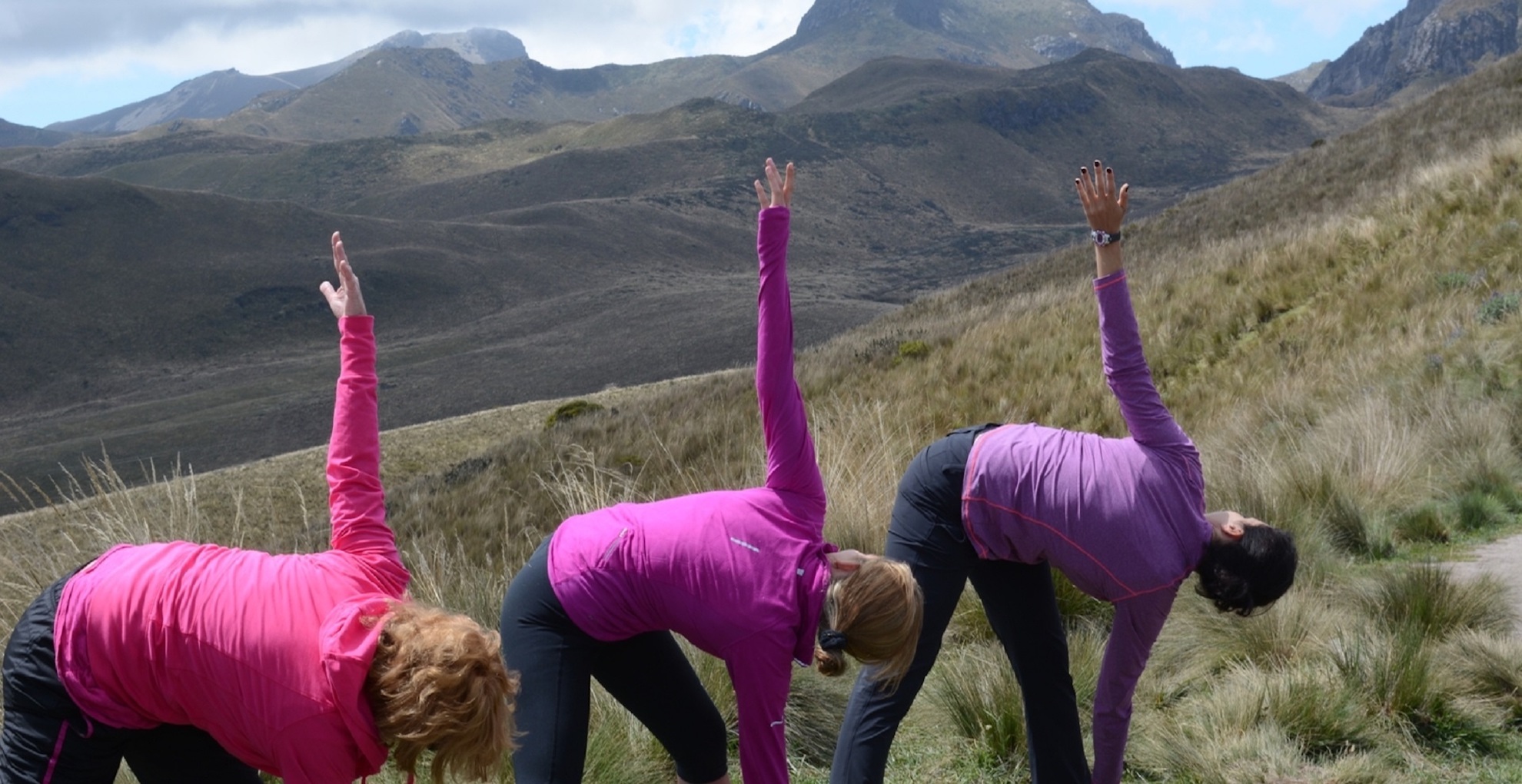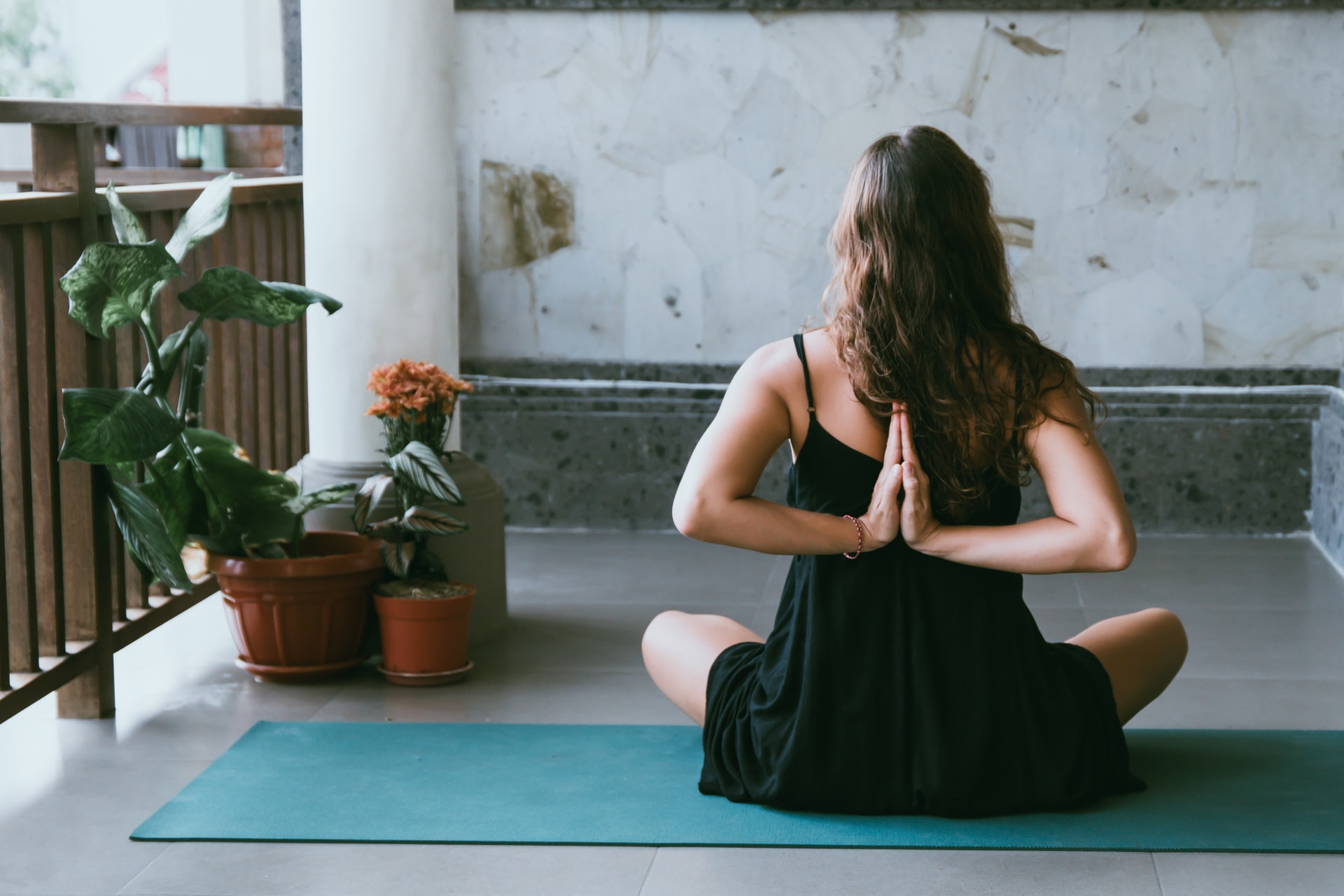
Yoga exercise studios in North America are growing at a rapid price and also this indicates even more people are seeking the advantages of the technique.
What is ending up being progressively bothersome for brand-new, or more recent, professionals of yoga exercise is exactly how to obtain a firm understanding of the most essential poses in the physical technique. In recent years, I have actually observed a noticeable lack of structure that is educated, or even urged, as specialists are beginning their method in advanced degree presents not usually suited to their degree of capacity or understanding of positioning.
I keep in mind back when I began exercising ten years earlier, classes were educated according to the degree of asana (physical postures of yoga exercise) that a person practiced. For example, classes for brand-new participants were typically presented as a ‘novice level’, where presents would be shown in a manner that served the purpose of producing a strong structure for further method. Then, when a specialist had become skilled at a beginner degree, they would certainly carry on (usually at the discretion of the instructor) to an ‘intermediate’ or ‘degree 2’, while specialized experts would certainly take part in ‘sophisticated’ level courses.
Given, my experience may be a little bit biased as I was trained in the approach of Ashtanga, where, under the guidance of an educator, the practitioner would move at a pace that was safe and suited for them; finishing the stances in a series beginning with one of the most fundamental positions and, in time, developing to the most sophisticated.
Despite the approach, I currently see professionals delving into courses taught at an intermediate as well as innovative level, with no foundation or recognition of fundamental alignment and also framework of very straightforward poses (ie. Down Facing Pet Dog).
This, I view as troublesome.
Without a solid foundation, I anticipate injuries waiting to take place. It is particularly unpleasant as a teacher trying to obtain trainees to unlearn what they have actually currently created a habit of doing because they were never conscious to begin with (or were maybe enabled to proceed to greater degrees of classes without having first finished a novice level). What I still value as well as respect concerning the practice of Ashtanga is how a practitioner– if humbled by the guidance of their educator– will certainly continue their technique in such a way that is ideal suited for their degree of progression.
As increasingly more studios are opening approximately provide different methods of asana– a great deal of them in really non-traditional and also unconventional methods– I think it is specifically vital to use classes on a degree system.
This is so that a brand name spankin’ novice doesn’t end up in an intermediate-style Vinyasa course just to be switched off due to the fact that they didn’t feel fit, were perplexed, frightened or– yoga exercise gods restricted– they end up being damaged due to the fact that there were no structures in position to lead them otherwise.
As teachers and also workshop owners, we can consider ways for creating safer spaces to make sure that all feel welcome as well as guaranteed that they will be directed in such a way that is beneficial as well as additionally sets a solid foundation for a lifelong technique.

